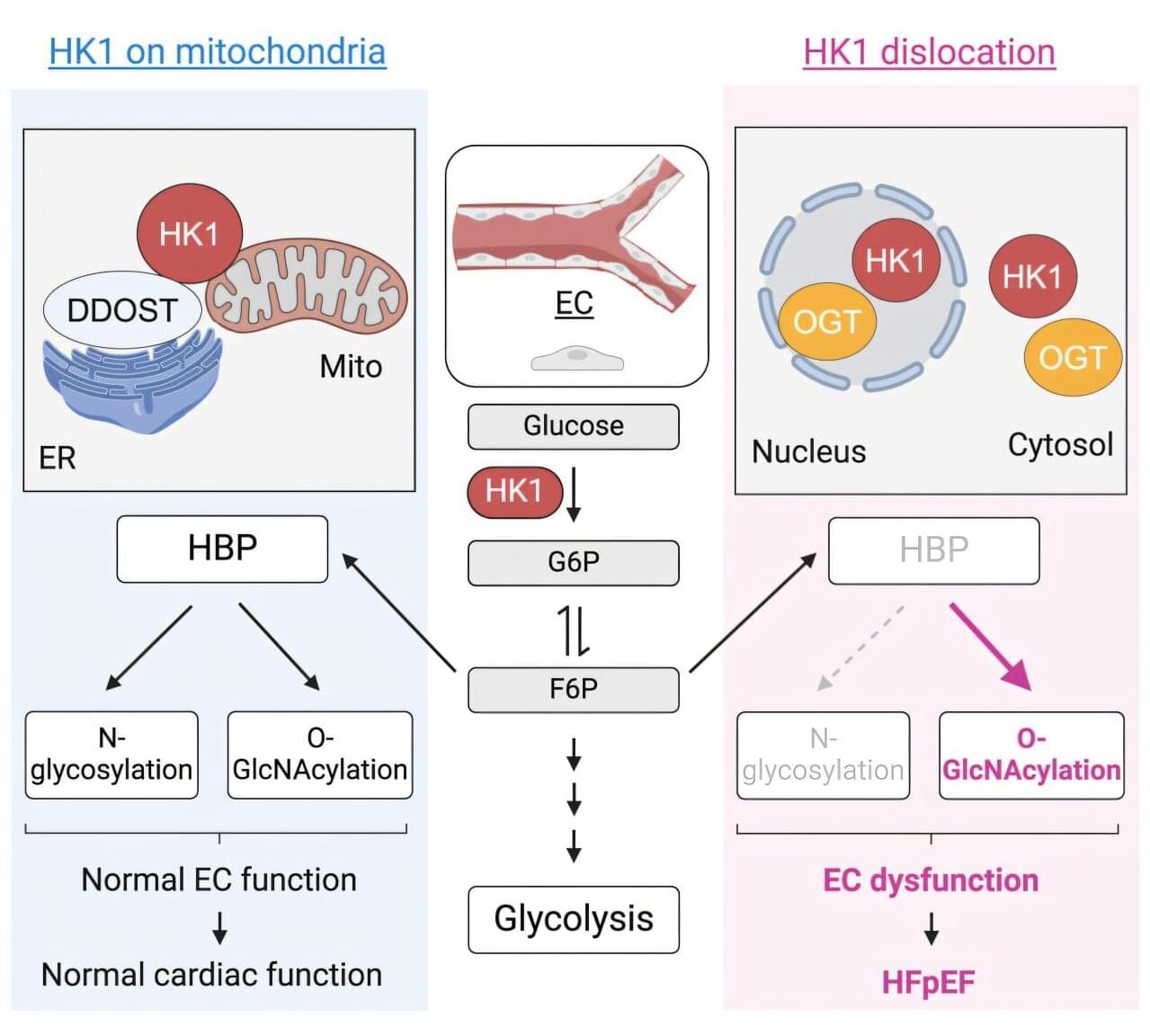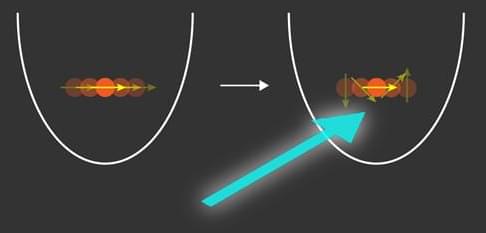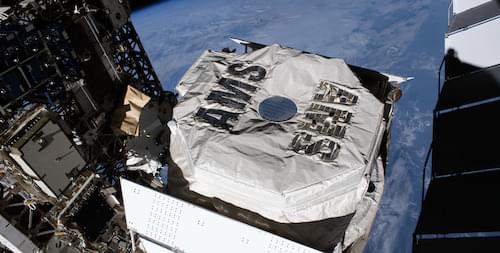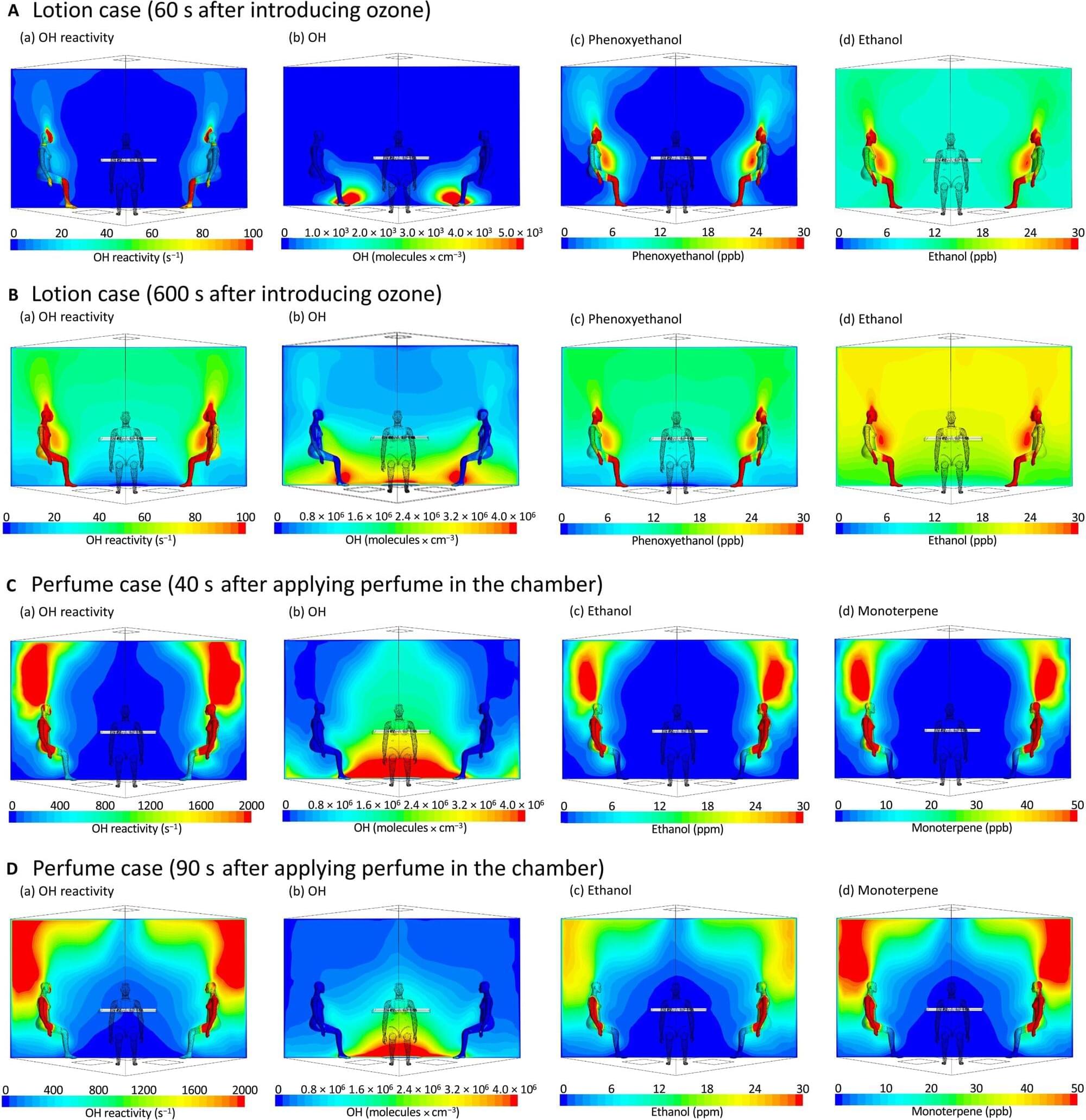Ringworld, by sci-fi author Larry Niven is based on hypothetical megastructures in space called Dyson Spheres but, says Niven, “I took just the equator… the poor man’s Dyson sphere!”
–
Learn more ➤ https://www.newscientist.com/article/2480167-science-fiction…ssic-novel.
Subscribe ➤ https://bit.ly/NSYTSUBS
Get more from New Scientist:
Official website: https://bit.ly/NSYTHP
Facebook: https://bit.ly/NSYTFB
Twitter: https://bit.ly/NSYTTW
Instagram: https://bit.ly/NSYTINSTA
LinkedIn: https://bit.ly/NSYTLIN
About New Scientist:
New Scientist was founded in 1956 for “all those interested in scientific discovery and its social consequences”. Today our website, videos, newsletters, app, podcast and print magazine cover the world’s most important, exciting and entertaining science news as well as asking the big-picture questions about life, the universe, and what it means to be human.
New Scientist.









